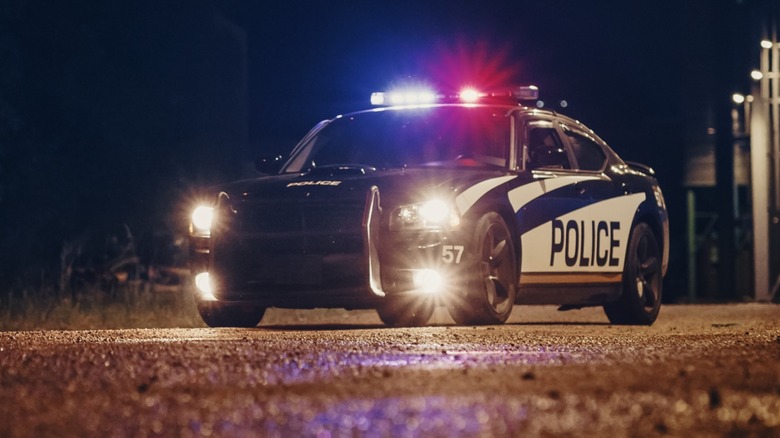The use of hand signals is a fundamental element of human communication. Hand signals work whenever there is a need for complete silence and when distance or noise, like when riding a motorcycle, prevents verbal communication. Along with other important tips every new rider should know, the most basic hand signals, such as those used for left and right turns, stopping, and greeting other riders as they pass by on the road, are essential for safety and getting the most out of the riding experience.
Advertisement
While basic motorcyclist hand signals are covered during motorcycle safety courses, another reason they’re a good idea, delivered by the Motorcycle Safety Foundation (MSF) and other organizations, some hand signals have developed other meanings over the years. Just as with verbal communication, slang has given new meaning to the left-handed open-palm tapping of the head or helmet.
According to the MSF training materials, the open-palm helmet tap indicates high-beam headlights. However, among the majority of riders relaying information about motorcyclist hand signals, the helmet tap indicates the need for caution ahead, most often due to the presence of law enforcement, in much the same way as vehicle drivers (cagers) flash their headlights. Perhaps the MSF verbiage about high beams literally means the motion is a substitute for flashing the motorcycle’s high beams without actually saying that it means: Watch out, speed trap ahead.
Advertisement
What are some other motorcyclist hand signals?
When participating in a group ride with other motorcyclists, the MSF suggests several common hand signals. While, ideally, your group should discuss the use of hand signals with any new group members, it’s likely that you could encounter the following and be expected to know their meaning.
Advertisement
Groups usually ride double file, alternating sides of a single traffic lane so as not to ride side-by-side. If road or traffic conditions warrant the need to ride single file, the group leader will raise the left arm straight up with the index finger extended. When the conditions improve, the leader will make the same arm motion with two fingers extended. Each rider following behind should relay the signal down the line so that everyone gets the message.
If you see the rider in front of you extend their left arm while repeatedly opening and closing their hand with spread fingers, it’s an indication to check your turn signal. If your turn signals are not on for no reason, check behind you for the oblivious rider and pass the message along.
Advertisement
Hand signals for road hazards warn of dangerous conditions such as damaged road surfaces, debris, or spilled fluids. If the hazard is on the left side, the leaders will point at it with their left hand as they approach and pass it by. However, hazards on the right are typically indicated by pointing with the right leg.
Is it illegal to warn fellow motorcyclists of the presence of a speed trap?
Many people wonder if trying to warn oncoming drivers and motorcyclists of speed traps ahead could get them in trouble with the law. Generally, the practice isn’t illegal; if it was, we wouldn’t have speed trap warnings on Google Maps. However, it may be frowned on by local law enforcement. While there’s nothing inherently dangerous or distracting about tapping the top of your helmet, flashing high-beam headlights, especially between dusk and dawn, could be grounds for an officer to pull you over and possibly issue a citation.
Advertisement
Having knowledge of a nearby police presence goes far beyond avoiding speeding tickets. Often, when drivers see an officer parked in a hidden location behind a billboard or overpass, they’ve been known to drive erratically. Some drivers can slow down abruptly, even if they were not speeding or change lanes without looking, foolishly hoping to avoid the officer’s wrath. For those reasons alone, being aware of the potential hazards is enough to promote warning other riders of upcoming speed traps.


